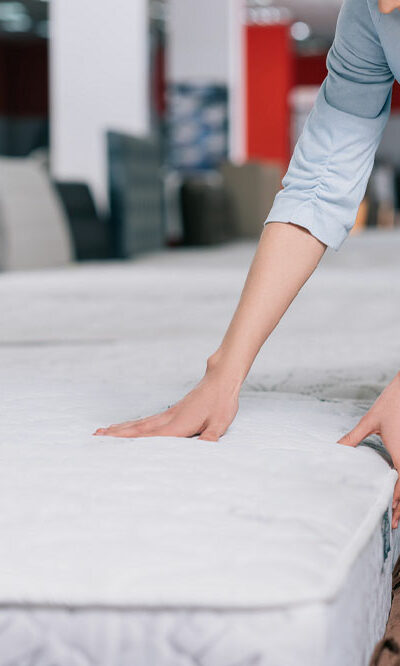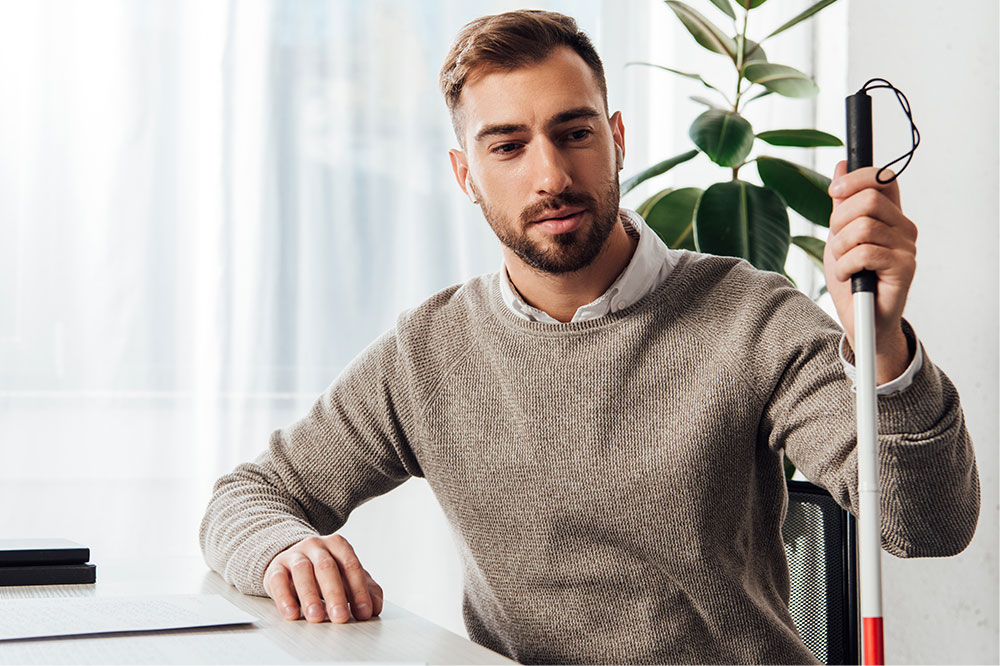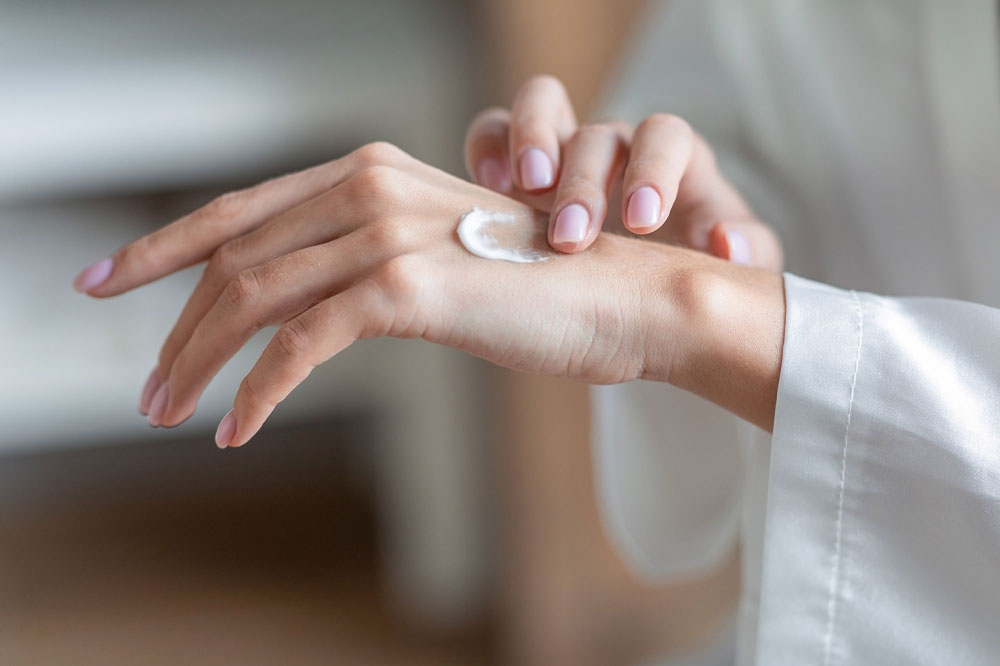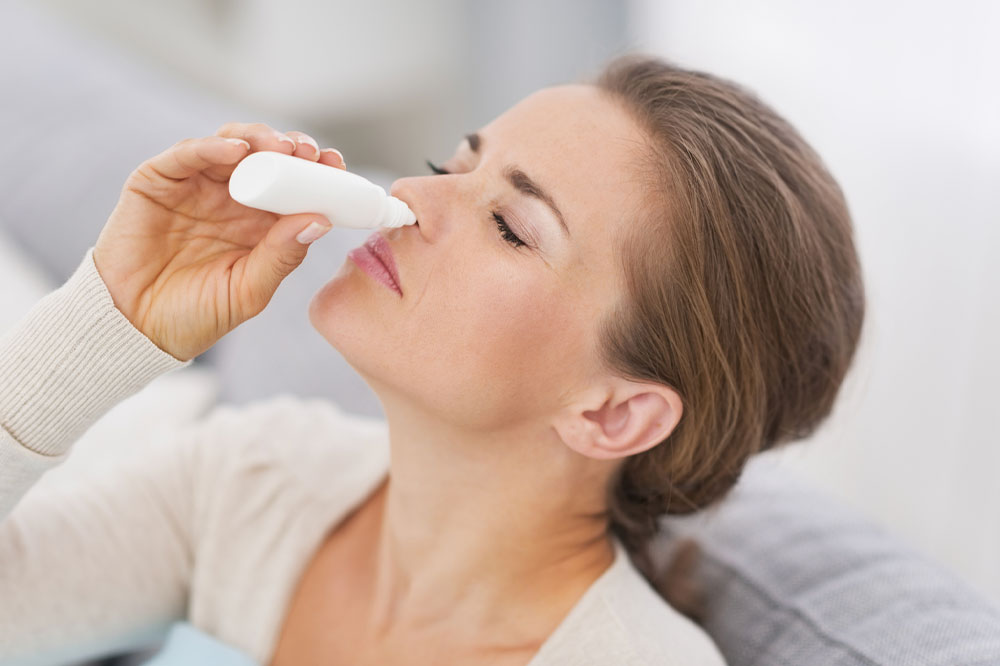15 beard grooming mistakes to avoid

Beards serve several purposes, from providing protection from sun damage and acting as natural insulation to giving a distinct look to one’s overall facial features. But whether one has a beard or is aspiring to grow one, it’s essential to know beard maintenance. Some common beard grooming mistakes lead to patchy growth, breakage, and an unkempt appearance. Knowing these pitfalls and ways to avoid them can greatly enhance one’s personal beard grooming routine.
Ignoring the neckline
The neckline is a critical aspect of beard grooming that is often overlooked. A well-defined neckline can instantly elevate one’s beard’s overall appearance, enhancing its sharpness and symmetry. One can shave or trim the hair below one’s Adam’s apple to create a clean and distinct neckline that complements one’s facial structure.
Ignoring the mustache
The mustache is an integral part of one’s beard and requires proper attention. Neglecting the mustache can lead to an unkempt appearance and discomfort when eating or drinking. Regularly trimming one’s mustache and using beard wax or balm can keep it in place and away from one’s mouth.
Not cleaning the beard regularly
One’s beard can trap dirt, food particles, and oils throughout the day. Neglecting proper cleansing can lead to an unappealing and itchy beard. Make it a habit to wash the beard with a gentle beard shampoo or cleanser at least twice a week or every night during travels. This will keep one’s facial hair clean, soft, and smelling fresh.
Neglecting to moisturize the skin
Healthy facial hair starts with healthy skin. Neglecting to moisturize the skin beneath one’s beard can lead to dryness, irritation, and dandruff.
Avoiding beard oil and balm
Beard oil and balm are essential products for maintaining a healthy and manageable beard. These products provide nourishment, hydration, and control, helping to prevent itchiness, split ends, and dryness. One can apply a few drops of beard oil daily to keep one’s beard conditioned. Additionally, beard balm can help style and shape the beard, taming any unruly hairs.
Overusing styling products
Using too much beard balm, wax, or oil can also make one’s beard appear greasy and weighed down. A little goes a long way, so one is advised to use these products sparingly.
Not combing or brushing the beard
Combing or brushing one’s beard regularly is essential for distributing natural oils and preventing tangles. This promotes healthy beard growth and keeps one’s facial hair looking neat and well-groomed. One can use a boar bristle brush or a wide-toothed comb to avoid unnecessary pulling and breakage.
Inconsistent trimming
Failing to trim the beard regularly can lead to an unkempt and unruly appearance. One is advised to set a consistent trimming schedule to maintain a well-groomed beard.
Overlooking split ends
Split ends in one’s beard can make it look frizzy and less well-kept. One should regularly inspect one’s beard for split ends and trim them to maintain a healthier appearance.
Ignoring sideburns
Sideburns are an integral part of one’s facial hair, and neglecting them can create an unbalanced and unfinished look. Many men focus solely on their beard and forget to maintain their sideburns. Regularly trimming and shaping one’s sideburns that align with the rest of one’s facial hair can ensure a cohesive and well-groomed appearance.
Using hot air to blow dry the beard
Using a hot air blow dryer on one’s beard may seem convenient, but it can be detrimental to one’s facial hair’s health. Hot air can strip away essential oils from the beard, leaving it dry and more prone to damage. It may also cause dandruff due to the scalp’s increased dryness. Instead, one can opt for a cool or low-temperature setting when blow-drying the beard or, better yet, pat the beard dry with a towel and let it air dry naturally.
Rushing the trimming process
Another common mistake is trimming one’s beard in a hurry, which can result in uneven lines and choppy edges. One is advised to take the time and trim patiently to achieve a clean and symmetrical look. Taking a trip to the barbershop once in a while can also be beneficial.
Using dull trimming tools
Using dull scissors or trimmer blades can result in uneven and jagged cuts. One should ensure that one’s trimming tools are sharp and replace any blunt blades when necessary.
Using a damaged beard brush
Over time, bristles on a beard brush can become warped, broken, or worn out, leading to uneven brushing and potential hair breakage. Regularly inspect the beard brush and replace it when necessary to ensure optimal performance and keep one’s beard looking its best.
Storing beard oil in sunlight
Storing beard oil in direct sunlight can degrade the essential oils in it, reducing its potency and diminishing its beneficial properties. It’s best to store products in cool and dry places.
Beard trimming tools and products
Beard comb
A beard comb with wide teeth is essential for everyone wanting a beard. Combing one’s beard regularly helps distribute natural oils, detangle knots, and keep one’s facial hair neat and well-groomed. Additionally, combing is crucial for even beard oil or balm application, ensuring one’s beard receives proper nourishment and conditioning.
Beard brush
A high-quality boar bristle beard brush is great for removing dead skin cells and evenly distributing natural oils produced by the skin. This promotes healthy beard growth and keeps one’s beard looking tidy.
Precision beard scissors
Beard scissors are a must-have for anyone desirous of a sharp and well-defined beard. Unlike trimmers, scissors offer precise control, making it easier to trim stray hairs, maintain symmetry, and shape one’s beard with finesse. One is advised to invest in a quality pair of beard scissors with sharp blades and remember to trim with steady hands and in good lighting for the best results.
Nourishing beard oil
Beard oil is a game-changer for any man looking to achieve a softer, healthier, and more manageable beard. This essential product contains a blend of carrier and essential oils that moisturize both one’s facial hair and the skin underneath it. Beard oil prevents itchiness, reduces beardruff, and adds a natural sheen to one’s beard, enhancing its overall appearance. Regularly applying beard oil is a simple yet effective way to ensure one’s beard remains lustrous and well-conditioned.
Apart from this, a trimmer, beard shampoo, and conditioner are some other must-haves in one’s beard grooming kit.






